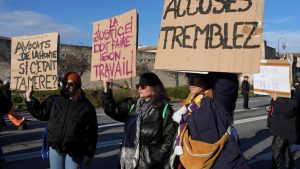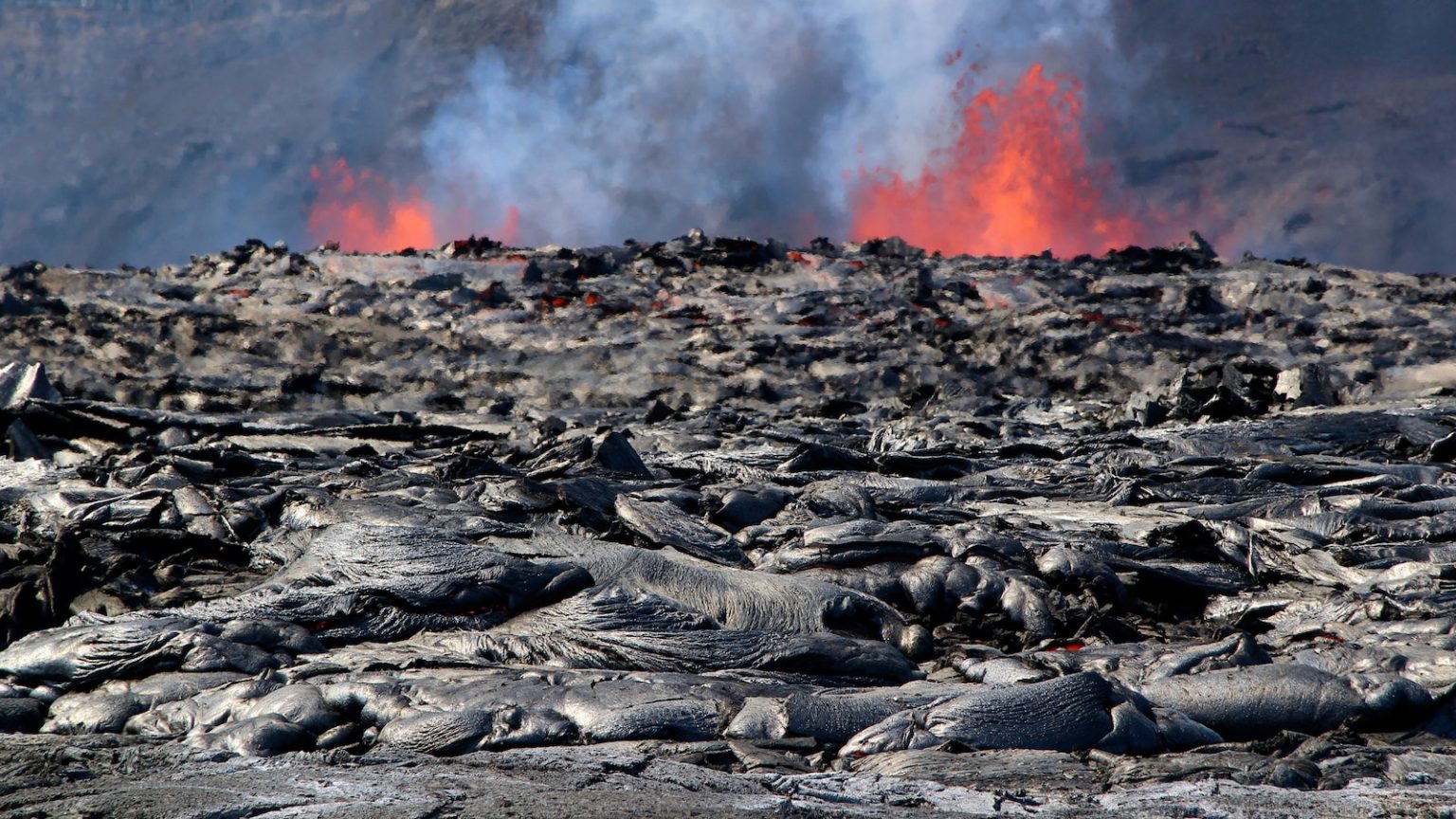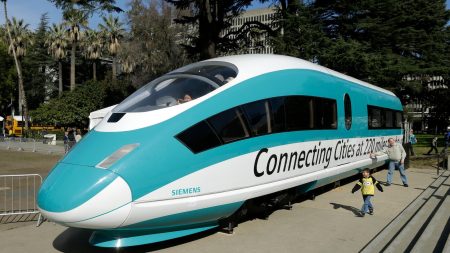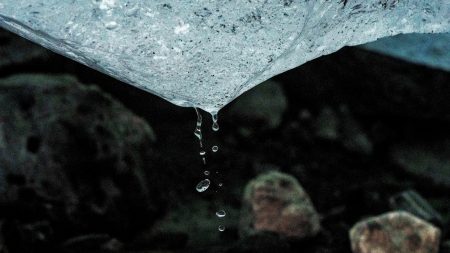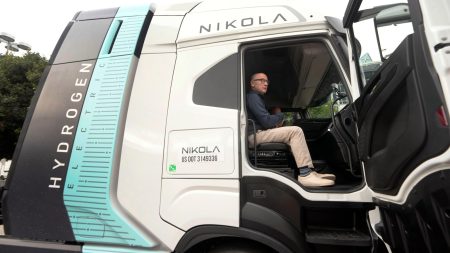The Eighth Episode of Kīlauea’s Summit Eruption: A Display of Nature’s Power
The eighth episode of Kīlauea’s summit eruption unfolded on February 4, 2025, in a breathtaking spectacle that captivated scientists and onlookers alike. At the heart of this volcanic activity was Haleumaumau Crater, located within the majestic expanse of Hawaii Volcanoes National Park. The scene was nothing short of awe-inspiring: two eruptive vents, situated on the floor of the crater, were actively fountaining, spewing forth molten lava in a display of raw geological power. The newly formed lava flows shimmered with intense heat, their surfaces cracking under the stress of rapid cooling, revealing a fiery glow that hinted at the immense thermal energy driving this eruption.
Haleumaumau Crater: A Cauldron of Fire and Transformation
Haleumaumau Crater, a name that echoes with cultural and geological significance, has long been a focal point of Kīlauea’s volcanic activity. This crater, within the larger Kīlauea Volcano, has witnessed centuries of eruptions, each shaping the landscape in ways both subtle and profound. During this eighth episode, the crater floor became a dynamic canvas of volcanic processes, as lava flows, fountains, and gases interacted in a complex dance. The two eruptive vents, acting as conduits for the molten rock beneath, were the primary sources of this spectacle, their rhythmic eruptions painting the night sky with vibrant hues of orange and red. The crater’s walls, hardened by past eruptions, stood as silent witnesses to this ongoing cycle of destruction and creation.
Lava Flows: Rivers of Fire with a Life of Their Own
The lava flows that emerged from the vents were a marvel of natural wonder, their viscous, glowing bodies moving across the landscape with both grace and ferocity. The intense heat emanating from these rivers of fire caused the air around them to shimmer and distort, creating an otherworldly effect that seemed almost surreal. As the lava advanced, it encountered the cooler surface of the crater floor, where it began to solidify, forming a crust that cracked and split under the pressure of still-fluid molten rock beneath. This process, while destructive in its immediate impact, is also a source of renewal, as it lays down new layers of rock that will eventually form the foundation for future landscapes.
The Role of Heat and Light in the Eruption
One of the most striking aspects of this eruption was the interplay of heat and light. The lava flows, glowing with a deep, fiery red, seemed to pulse with an inner radiance, as if alive. This light was not just a visual spectacle; it was a testament to the extreme temperatures at play. Lava typically ranges in temperature from about 700°C to 1,200°C (1,300°F to 2,200°F), and the heat it generates is so intense that it can melt everything in its path, reducing vegetation, rock, and even metal to ash and molten slag. Yet, despite the destructive power of this heat, it is also a source of creation, forging new land as it cools and solidifies.
The Cultural and Scientific Significance of the Eruption
The eighth episode of Kīlauea’s summit eruption holds profound significance for both scientists and the local community. For volcanologists, this event provides a rare opportunity to study the dynamics of volcanic activity up close, gaining insights into the processes that shape our planet’s surface. The eruption also resonates deeply with Native Hawaiians, who have lived in harmony with Kīlauea’s cycles of eruption and quiescence for generations. To them, the volcano is not just a natural wonder but a living entity, a manifestation of the deity Pele, who is said to reside within its fiery depths. This eruption serves as a poignant reminder of the awe-inspiring power of nature and our place within it.
Documenting the Eruption: A Moment Captured in Time
The image captured by M. Zoeller of the U.S. Geological Survey (USGS) on February 4, 2025, is more than just a photograph; it is a snapshot of a moment in geological history. The USGS has been closely monitoring Kīlauea’s activity, providing critical updates and insights that help scientists and the public alike understand the volcano’s behavior. This documentation is not just about recording the event; it is about preserving a piece of our planet’s story for future generations. Through such images, we gain a window into the raw power and beauty of volcanic activity, a reminder of the forces that have shaped our world over millennia.
Conclusion: A Testament to Earth’s Eternal Dynamism
The eighth episode of Kīlauea’s summit eruption is a powerful reminder of the Earth’s eternal dynamism. Volcanoes like Kīlauea are not just destructive forces; they are also creators, forming new land and shaping the landscape in ways that are both violent and beautiful. As we gaze upon the fiery spectacle of Haleumaumau Crater, we are reminded of the profound forces that lie beneath our feet, waiting to reshape the world in ways both unexpected and awe-inspiring. This eruption, like countless others before it, is a testament to the enduring power of nature, a power that inspires, humbles, and unites us all.

